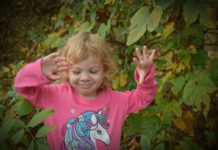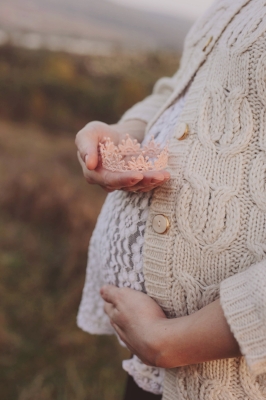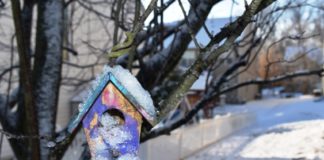I wish my kallah teachers (yes, I had two of them) had taught me about diastasis recti. They were amazing, sensitive women who had likely never heard of diastasis recti 10 years ago. But it is important for kallah teachers to at least mention diastasis recti, because the majority of women in their late twenties to early thirties that I have spoken to have never heard about it, even from their ob-gyn.
So what is diastasis recti? It sounds almost like a serious disease, except it is really common, and most of the time, it heals on its own—unless we do all the wrong exercises to make it worse. Diastesis recti is the separation of your stomach muscles into a left and right side, and it happens during most pregnancies, in order to create space for your baby.
You know how after you give birth, your doctor tells you not to do any heavy lifting or strenuous exercise, because your core is weak? Well guess what? Those stomach muscles are not WEAK, they are SEPERATED, and they need time to bind themselves back together. Yeah, my doctor did not mention this to me either, or bother to check it at my six week post-partum check-up. I found out because I saw a pelvic physical therapist at eight weeks, and she checked me for diastasis recti.
Feeling like you just want that postpartum pouch to go away? Want to work on those “weak” abdominal muscles? According to pelvic physical therapists, exercises that target those muscles, like planks and crunches, actually increase stomach muscle separation and can potentially worsen the condition. Many recommend not doing these exercises until your stomach muscles are mostly healed.
I know you are probably thinking, “Who cares if I have diastasis recti? So I have a little pouch? I have had a few babies, and I like my pouch.”
Yes, I agree, you should be proud of your body. However, having unhealed stomach muscles—depending on the degree—can create a very weak core, which can contribute to back pain and other long-term health issues. And, you guessed it—all those great core-building exercises are not going to make anything any better.
By this point in the article, I would have moved on to Web MD, trying to figure out how to diagnose myself and see all the complications. The good news? There is actually a really easy at-home method to check if you have it—all it requires is that you have a minute of quiet to lie on your back on a flat surface (preferably not a bed). I know this may be hard, especially if you are a mom of one or more little ones, and you are probably saying, “I only lie down to sleep,” but it’s really quick!
Bend your knees so that your feet are flat on the floor, and position your hand so your fingers are parallel to your belly. It is easier to do this skin to skin. Find your belly button. Gently probe the abdomen an inch or two above and below your belly button. When I did this two months post-partum, I could feel that my fingers could almost enter a sort of “gap” in the muscle. See if this gap is one or more finger-widths wide.
If you still have no idea what I am talking about, your body has probably healed, so good for you! If you find a gap, the most important rule is not to worry! If the gap is more than a finger-width wide, and your last child is older than a few months, it might be a good idea to ask your OB for a referral to a pelvic physical therapist. Many times, insurance covers a significant portion of the cost, and a good physical therapist will teach you how to do at-home exercises.
Disclaimer: I am not a physical therapist. I am only a woman who would not have known anything was wrong until I demanded a referral from my OB to a pelvic physical therapist.











